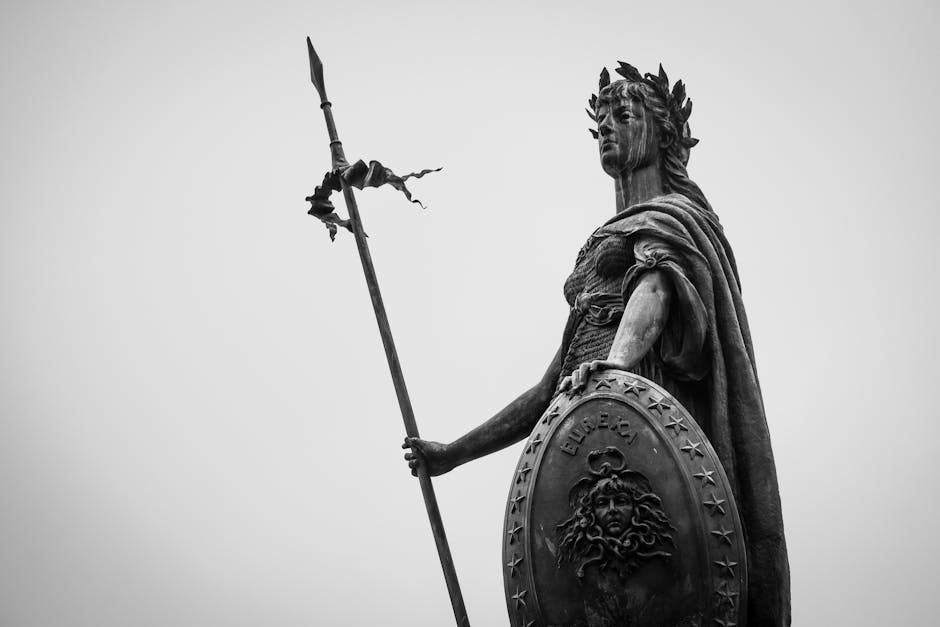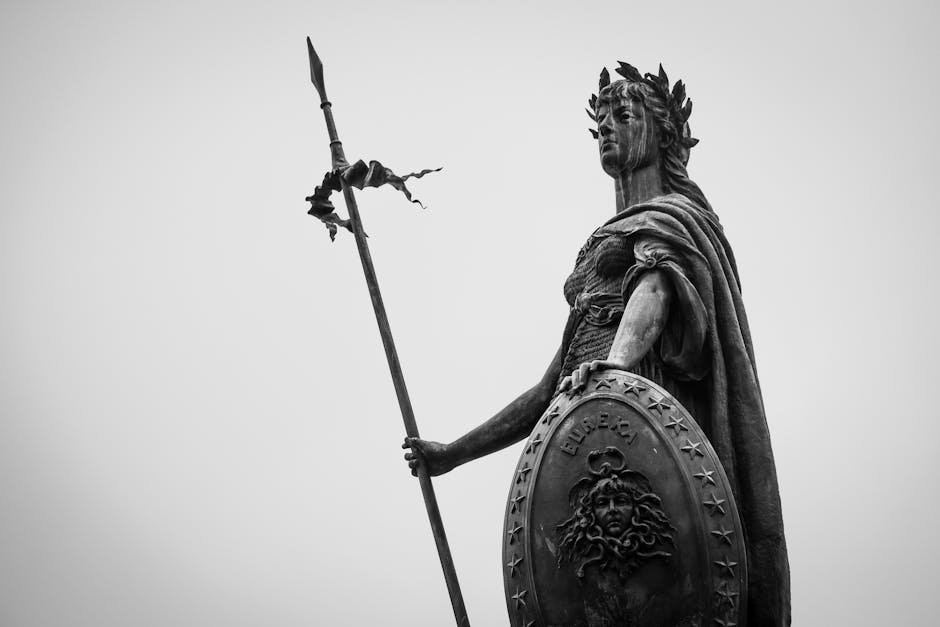Luxury on a Plate: Exploring the Fish Bred by Roman Nobles
The Roman Empire, renowned for its military prowess and expansive reach, also boasted a sophisticated culinary culture. While grain and livestock formed the backbone of the Roman diet, the elite indulged in a range of delicacies, among them, fish bred specifically for their tables. These weren’t simply fish plucked from the sea; they were the product of meticulous aquaculture, a testament to Roman ingenuity and their penchant for luxurious living. This article delves into the fascinating world of fish breeding practices employed by Roman nobles, exploring the techniques used, the species favored, and the social and economic implications of this aristocratic pursuit.
The Rise of Pisciculture in Roman Society
The practice of fish farming, or pisciculture, wasn’t a new concept in the Roman era. Evidence suggests that rudimentary forms existed in earlier civilizations. However, the Romans elevated it to an art form, particularly among the wealthy classes. The availability of fresh, high-quality fish became a status symbol, reflecting both economic power and refined taste. Unlike the commoners who relied on readily available, often less desirable species, the elite sought out specific fish, carefully cultivated to meet their discerning palates.
Several factors contributed to the growth of pisciculture among Roman nobles. Firstly, the increasing population of Rome created a demand for food that couldn’t be met solely through fishing. Secondly, the development of sophisticated water management systems, including aqueducts and elaborate networks of canals and reservoirs, provided the infrastructure necessary for large-scale fish farming. Finally, the Roman obsession with spectacle and luxury naturally extended to the dining table, making the possession of a private fishpond a sign of prestige and social standing.
Techniques and Technologies of Roman Fish Farming
Roman fish farming wasn’t a haphazard affair. It involved considerable planning, investment, and expertise. The most common method involved constructing artificial ponds, often integrated into larger estate complexes. These ponds were carefully designed to mimic natural aquatic environments, providing the ideal conditions for fish to thrive. The size and complexity of these ponds varied depending on the resources and ambition of the owner, ranging from small, private pools to extensive systems capable of producing substantial quantities of fish.
Stocking and Feeding
Roman nobles favored specific fish species known for their flavor and texture. Mullet, sea bass, and eels were particularly popular, though the exact species varied based on regional availability and personal preferences. These fish were often obtained from the sea or rivers, then carefully transferred to the artificial ponds. The feeding regime was equally meticulous. Fish were fed a balanced diet, potentially including specially cultivated algae, grains, and even leftover kitchen scraps, ensuring consistent growth and high-quality flesh.
Water Management
Maintaining the optimal water quality was crucial for successful fish farming. Romans understood the importance of regular water exchange to prevent the buildup of waste and maintain appropriate oxygen levels. They used a variety of techniques, including strategically placed sluice gates and channels, to manage water flow and ensure clean water was constantly circulating through the ponds. The integration of their sophisticated water management systems into these fish farms speaks to their ingenuity and their understanding of ecological principles.
Favored Fish Species
- Mullet (Mugilidae): Highly prized for its delicate flavor and firm texture, mullet was a staple in Roman cuisine.
- Sea Bass (Dicentrarchus labrax): Another popular choice, sea bass was appreciated for its rich taste and versatility in cooking.
- Eels (Anguillidae): Known for their unique flavor, eels were frequently included in elaborate Roman feasts.
- Carp (Cyprinus carpio): Although less prestigious than other species, carp were widely cultivated due to their ease of breeding and fast growth rates.
The preference for these particular species reflects not only their culinary merits but also the Romans’ ability to adapt and cultivate fish suitable for their artificial environments. The selection of fish also suggests a level of sophistication and selectivity that went beyond mere sustenance, showcasing the opulent nature of Roman aristocratic cuisine.
Social and Economic Implications
The breeding of fish by Roman nobles had significant social and economic implications. The construction and maintenance of fish ponds required substantial investment, further emphasizing the economic power of those who could afford such endeavors. The ownership and management of these facilities provided employment opportunities, from skilled laborers to supervisors, contributing to the overall economic activity of the Roman estates.
Beyond the economic aspect, the possession of well-stocked fish ponds became a symbol of status and social standing. It demonstrated wealth, power, and a refined taste for luxury, solidifying the social hierarchy and reinforcing the distinctions between the elite and the common populace. The abundance of high-quality fish available to Roman nobles further highlighted the disparity in access to resources and the privileges enjoyed by the upper classes.

The Legacy of Roman Fish Farming
While the Roman Empire eventually fell, the legacy of their sophisticated fish farming techniques continues to influence modern aquaculture practices. The Romans’ understanding of pond construction, water management, and fish nutrition laid the groundwork for future advancements in the field. Their approach to sustainable fish production, albeit on a smaller scale than modern industrial aquaculture, serves as a reminder of the enduring importance of balancing resource utilization with environmental considerations.

The study of Roman fish farming offers a fascinating glimpse into the lives and tastes of the Roman elite, revealing the intricacies of their culinary culture and the societal implications of their food choices. It showcases their ingenuity, resourcefulness, and their pursuit of luxury in even the most seemingly mundane aspects of daily life. The legacy of these fish bred by Roman nobles serves as a testament to their lasting influence on both culinary history and the development of modern aquaculture.


